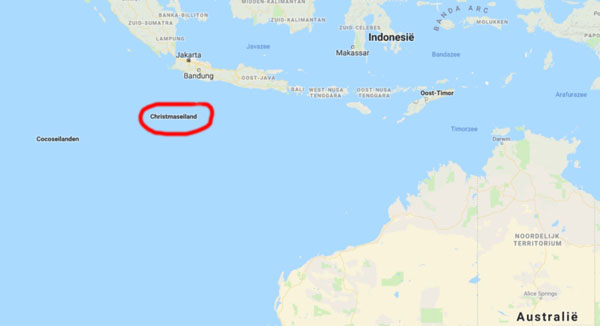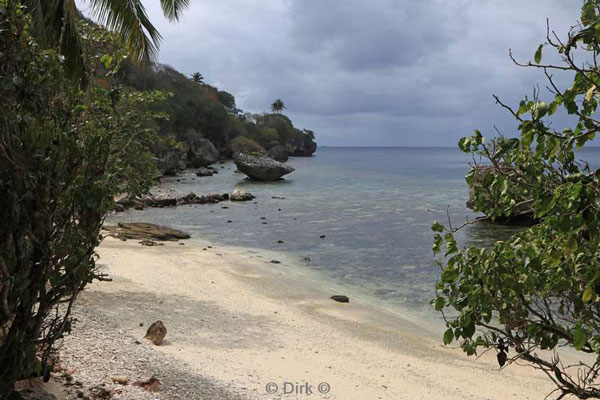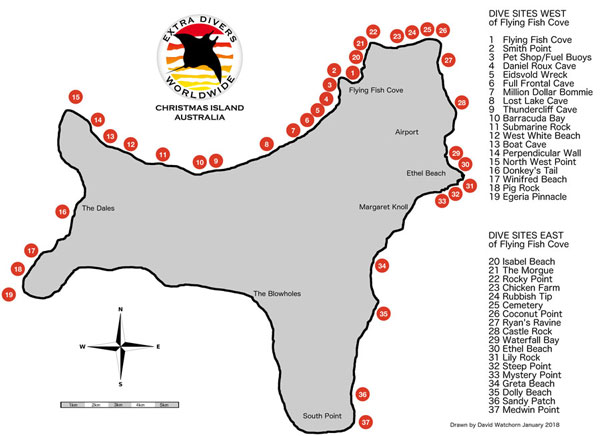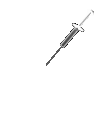www.adcdiving.be © Dirk Wuyts Add this page to your Favorites Welcome to our diving website and travel stories
Travel and dive story of Christmas Island in AustraliaDutch - Nederlands |
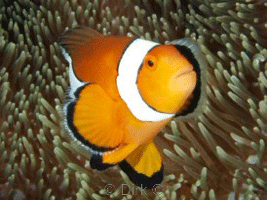 Like and share this travel story and diving with photos in Christmas Island Australia with your friends on Facebook |

